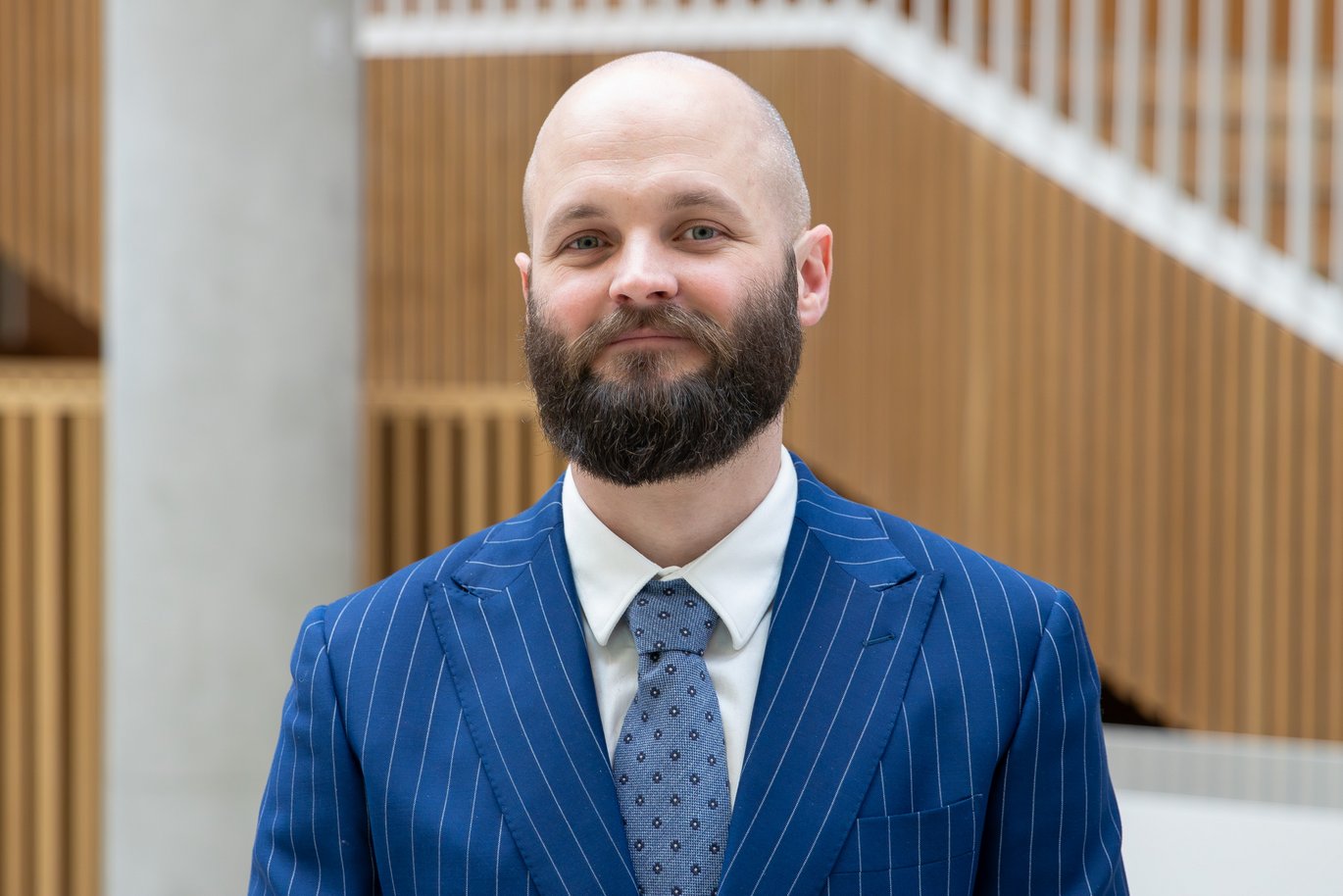Study shows no difference in training methods for hip osteoarthritis
In the first study of its kind, researchers at Aarhus University have compared two specific exercise interventions for hip osteoarthritis, and the results of the study may help to optimise treatment strategies.

Hip osteoarthritis
Hip osteoarthritis affects approximately 8 per cent of the population over the age of 50. In Denmark, around 400,000 people live with hip osteoarthritis.
Women are more likely to develop hip osteoarthritis than men.
The risk of developing hip osteoarthritis increases with age.
Overweight is a significant risk factor for hip osteoarthritis.
Hip osteoarthritis is the most common type of rheumatoid arthritis in Denmark.
Hip osteoarthritis is a progressive disease, which means that it worsens over time.
There is no cure for hip osteoarthritis, but there are treatments that can alleviate symptoms.
Hip osteoarthritis affects thousands of people each year, and it is one of the most common causes of pain and reduced physical function among adults.
Physical exercise plays a crucial role in non-surgical treatment to relieve pain, improve physical function and strengthen muscles, but what exactly is the optimal type of training for hip osteoarthritis?
A team of researchers from Aarhus University and Aarhus University Hospital has set out to investigate this in an attempt to validate and optimise treatment strategies for this condition.
In the study, the researchers compared the effects of progressive resistance training and neuromuscular exercise, respectively.
Several studies have shown that patients with hip osteoarthritis have significantly reduced muscle strength in their arthritic leg compared with their other leg and compared with healthy control subjects.
"Our hypothesis was therefore that heavy weightlifting would be particularly effective, as this form of training has a particularly good effect on muscle strength and muscle mass," says Troels Kjeldsen, a PhD student from the Department of Clinical Medicine at Aarhus University and Aarhus University Hospital and main author of the study.
"But we were surprised by how similar the results were, and that there was no measurable difference in the effects of the two types of training on physical function," he adds.
Valuable insight
The study involved 160 participants and was conducted at hospitals and physiotherapy clinics. Researchers examined the patients' physical function, pain level and quality of life.
The participants were divided into two groups. One did progressive resistance training, focusing on increasing muscle strength by gradually increasing the exercise intensity. The other group did neuromuscular exercises, focusing on increasing balance, stability and coordinated muscle movement.
"There was actually no difference in the participants' ability to perform the physical tests, nor was there any difference between the groups in terms of self-reported hip pain and quality of life. But even more surprising was that resistance training only led to an uncertain and small benefit in terms of increasing muscle strength," explains Troels Kjeldsen.
Increased motivation
The results of the study provide valuable insight into the treatment of hip osteoarthritis and according to Troels Kjeldsen they should lead to a changed approach in which patient involvement plays a crucial role in the choice of training type for the individual patient.
"Some will prefer hard resistance training using machines in a gym, while others will prefer less strenuous exercises with focus on balance and control, which could perhaps be done in their own home. And this can help increase motivation and improve long-term outcomes for the patient."
The study could therefore mark a turning point in the treatment of hip osteoarthritis, where focus shifts from a universal one-size-fits-all model to an individualised strategy with increased patient involvement.
Focus on booster sessions
According to Troels Kjeldsen, a follow-up study is already underway, with particular focus on the effects of booster sessions.
The purpose of such sessions is to extend and improve the effects of the original training programmes by introducing additional training sessions spread over a longer period of time.
"The purpose is to investigate whether the four booster sessions are sufficient to prolong the effects of the three months of intensive training. If this proves to be a successful way to maintain effects, we’ll have found a method that can be implemented quite easily and cheaply in clinical practice," explains Troels Kjeldsen.
About the study
Type of study: Multicentre cluster randomised controlled trial
Partners: Aarhus University Hospital, Vejle Regional Hospital, Næstved Regional Hospital, Gødstrup Regional Hospital, Silkeborg Regional Hospital, Skanderborg Fysioterapi, Fysioterapien Horsens Sundhedshus, FysioDanmark Vejle, Fabrikken – Center for Sundhed, Fit&Sund Fysioterapi Skive, Fit&Sund Fysioterapi Kolding, FysioDanmark Holstebro, FysioDanmark Næstved, FysioDanmark Randers, Park Alléens Fysioterapi
External funding: Independent Research Fund Denmark, Fysioterapipraksisfonden, Helsefonden, Danske Fysioterapeuters Fond, Andelsfonden, Familien Hede Nielsen Fonden
Link to the scientific article: https://www.acpjournals.org/doi/10.7326/M23-3225
Contact
PhD Student Troels Kjeldsen
Department of Clinical Medicine, Aarhus University and
Aarhus University Hospital, Department of Orthopaedic Surgery
tkjeldsen@clin.au.dk
Telephone: +45 60137627
Professor, PhD, MD Inger Mechlenburg
Aarhus University, Department of Clinical Medicine and
Aarhus University Hospital, Department of Orthopaedic Surgery
ingermechlenburg@clin.au.dk
Telephone: +45 51156585